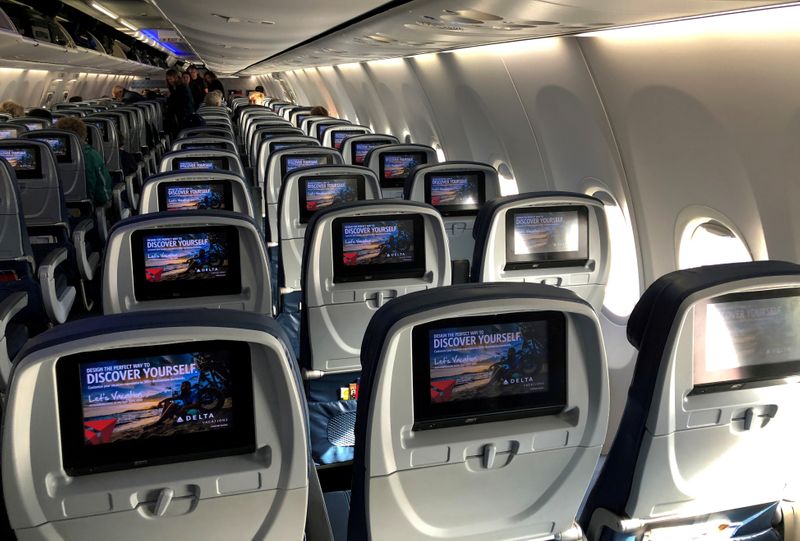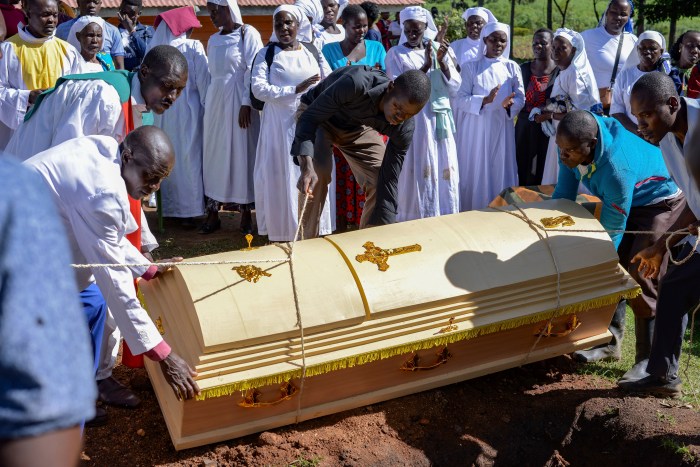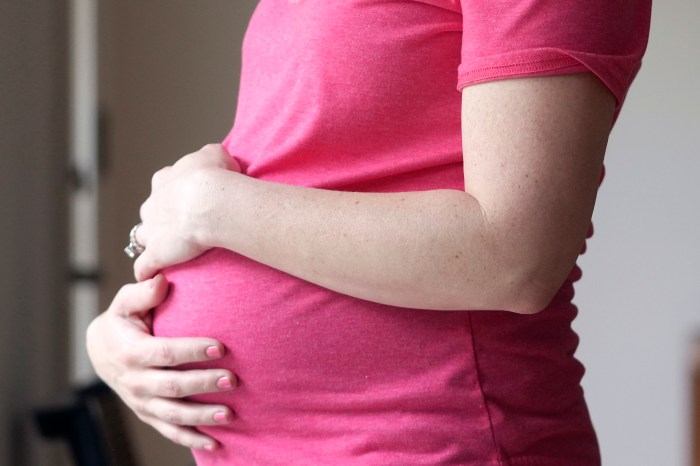(Reuters) – A vacant middle airplane seat could cut the risk of exposure to coronavirus by 23% to 57% compared with a full flight, according to a study on physical distancing onboard released on Wednesday.
Researchers from the U.S. Centers for Disease Control and Prevention and Kansas State University based their findings on laboratory modeling of exposure to SARS-CoV-2, the virus which causes COVID-19, on single-aisle and twin-aisle aircraft in November 2020.
The research is backed by results of a separate investigation of coronavirus transmission on a 10-hour international flight in March 2020, in which 16 people were infected, they said. That study found 75% of infected passengers were seated within two rows of a symptomatic passenger.
U.S. airlines blocked middle seats early in the pandemic but have gradually opened them up, citing studies showing low transmission risk if everyone onboard wears a mask. Delta Air Lines is lifting its seating block beginning May 1.
(Reporting by Vishwadha Chander in Bengaluru; editing by Caroline Humer and Richard Chang)



















